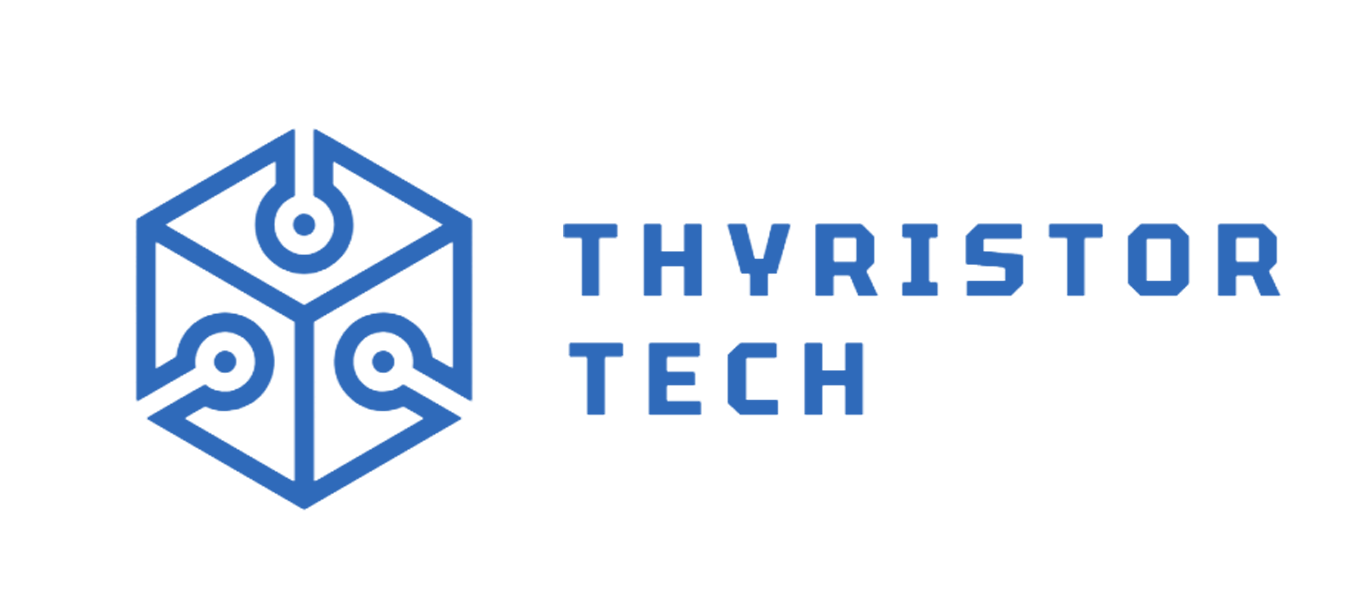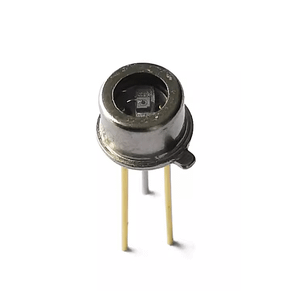Electronic Components Supplier | Transformers, Inductors, Inverters
PRODUCT PARAMETERS
Description
Overview of Serial Thyristor For ON/OFF Function Applications
Thyristor is a solid-state semiconductor device composed of four layers of alternating P- and N-type materials. It functions as a bistable switch, conducting current only when triggered by a gate signal, and remains conducting until the voltage across it drops below a certain threshold. Thyristors are widely used for controlling high-power electrical circuits, offering efficient and reliable performance in various industrial and electronic applications.
Features of Serial Thyristor For ON/OFF Function Applications
- High current and voltage handling capabilities
- Low on-state voltage drop, reducing power loss
- Fast switching speeds for precise control
- Latching behavior: once triggered, remains conducting without continuous gate signal
- Robust and durable design suitable for harsh environments
- Available in various types (e.g., SCR, TRIAC, GTO) for specific needs
(Serial Thyristor For ON/OFF Function Applications)
Specifications of Serial Thyristor For ON/OFF Function Applications
Serial thyristors handle tough ON/OFF switching jobs. They control big power flows reliably. These solid-state switches work well for heaters, heavy motors, and industrial machines needing precise power control.
Voltage ratings matter a lot. Check the maximum blocking voltage (VDRM). Ensure it exceeds your system’s peak voltage. Surge capacity (VRSM) is critical too. It protects against unexpected voltage spikes. Standard blocking voltages go from 400V up to 1600V or more. Pick the right one for your needs.
Current handling is key. The average on-state current (IT(AV)) tells you the continuous load it can manage. The surge current rating (ITSM) shows the short-term overload it can survive. Common ratings cover 10A, 25A, 40A, 70A, and higher. Match this to your load.
Triggering the thyristor needs a gate signal. The gate trigger voltage (VGT) and gate trigger current (IGT) are low. This makes control easy. Keep the gate current above the minimum (IGT) for reliable turn-on. Gate power limits are low. This saves energy.
Switching speed affects performance. Turn-on time (tgt) is very fast. Turn-off time (tq) is slower. It depends on the circuit and load. Faster turn-off helps in higher frequency applications. Good thermal management is essential. The junction temperature (Tj) must stay below its maximum. Use a proper heatsink. The thermal resistance (Rth j-a) tells you how well heat moves from the silicon to the air. Lower resistance means better cooling.
Mounting options are simple. Standard stud mount or module packages are common. They fit standard heatsinks. Isolation voltage ratings are high. This keeps the power circuit safe from the control circuit. These devices are built tough. They withstand harsh electrical and thermal conditions common in industrial settings.
(Serial Thyristor For ON/OFF Function Applications)
Applications of Serial Thyristor For ON/OFF Function Applications
Serial thyristors provide a solid-state solution for switching high-power DC circuits on and off. They work like a very tough electronic gate. You send a small control signal. The thyristor turns on. It lets large amounts of DC current flow through it. You stop the control signal. The thyristor turns off. It blocks the current completely. This is different from mechanical contactors or relays.
Mechanical switches have moving parts. These parts physically touch to make a connection. They physically separate to break it. This causes sparks, wear, and noise. The contacts eventually burn out. They need replacing. Serial thyristors have no moving parts. They switch electronically. This means no sparks. It means no contact wear. It means silent operation. They last much longer. They are far more reliable for constant switching tasks.
Engineers choose serial thyristors for demanding DC applications. They handle high currents and high voltages easily. They switch very fast. This speed is crucial. It prevents damage in some systems. It allows precise control in others. Think about battery charging systems. Thyristors switch the charging current on and off smoothly. They manage the power flow perfectly. They stop dangerous sparks near batteries.
Industrial DC motor drives use them extensively. Thyristors start motors. They stop motors. They control motor speed reliably. They do this thousands of times without failing. Power supplies for plating or electrolysis need robust switching. Thyristors deliver this. They handle the harsh electrical environment. They provide consistent performance. Large DC power distribution systems rely on thyristors too. They safely connect or disconnect power sources and loads. They manage power flow reliably. They prevent dangerous overloads.
These thyristors offer significant advantages. They are tough. They are fast. They are silent. They last a long time. They make controlling large DC power simpler and safer. They are the preferred switch for critical industrial jobs.
Company Profile
PDDN Photoelectron Technology Co., Ltd. is one of the leading enterprises in power electronics technology and power products, which is fully involved in developing solar inverters, transformers, voltage regulators, distribution cabinets, thyristors, modules, diodes, heaters, and other electronic devices or semiconductors. We will be committed to providing users with high-quality, efficient products and considerate service.
It accepts payment via Credit Card, T/T, West Union, and Paypal. PDDN will ship the goods to customers overseas through FedEx, DHL, by sea, or by air. If you want high-quality Serial Thyristor For ON/OFF Function Applications, please send us inquiries; we will be here to help you.
Payment Methods
L/C, T/T, Western Union, Paypal, Credit Card etc.
Shipment
By sea, by air, by express, as customers request.
Storage Conditions
1) Store in a dry environment at room temperature.
2) Avoid damp and high temperature.
3) Use immediately after opening the inner packing bag.
5 FAQs of Serial Thyristor For ON/OFF Function Applications
Serial thyristors handle ON/OFF switching in high-power circuits. People often ask questions about using them effectively. Here are five common ones:
Why use serial thyristors for ON/OFF?
They manage very high voltages. Standard switches struggle with extreme voltages. Serial thyristors connect in a chain. Each thyristor handles part of the total voltage. This setup safely controls massive power loads. It’s essential for high-voltage DC systems.
What’s the main benefit over contactors?
They last much longer. Contactors have moving parts. These parts wear out. Thyristors are solid-state. They switch electronically. No physical contacts mean no arcing. This provides millions of reliable cycles. Maintenance drops significantly.
How do they differ from TRIACs?
TRIACs control AC power in both directions. Serial thyristors typically handle DC power. They switch power in one direction only. They are built for much higher voltage and current levels. TRIACs suit lower-power AC applications.
Where are they typically used?
They are key in high-voltage DC systems. Examples include industrial electrolysis processes. They control power in large battery test equipment. They manage energy in high-power DC motor drives. Any application needing super-fast, reliable high-power switching uses them.
What factors matter when choosing one?
Voltage rating is critical. Ensure the total series chain handles your maximum voltage. Current rating is equally important. Check the required continuous and surge current. Consider the switching speed needed. Verify the control signal compatibility. Heat dissipation is vital. Proper cooling is mandatory.
(Serial Thyristor For ON/OFF Function Applications)
REQUEST A QUOTE
RELATED PRODUCTS
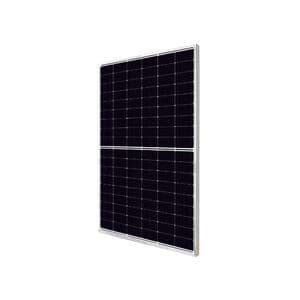
THYRISTOR POWER MODULE
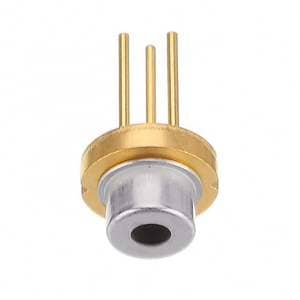
high power Triac thyristor
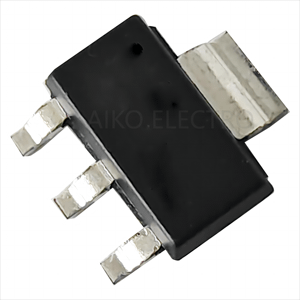
Factory manufacturing whole dual SCR semiconductor module igbt power module for Integrated circuit
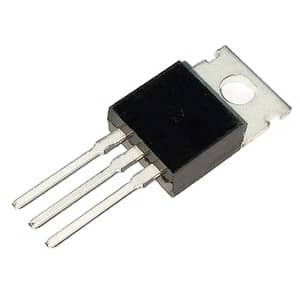
Three Phase Thyristor Trigger Board Thyristor Voltage Regulation Rectifier Module Power Regulator Power Controller
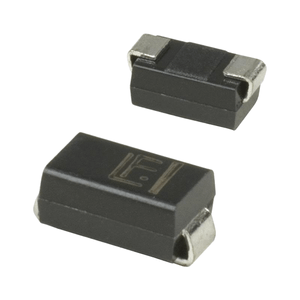
Transistor Triac Thyristor Original and New

